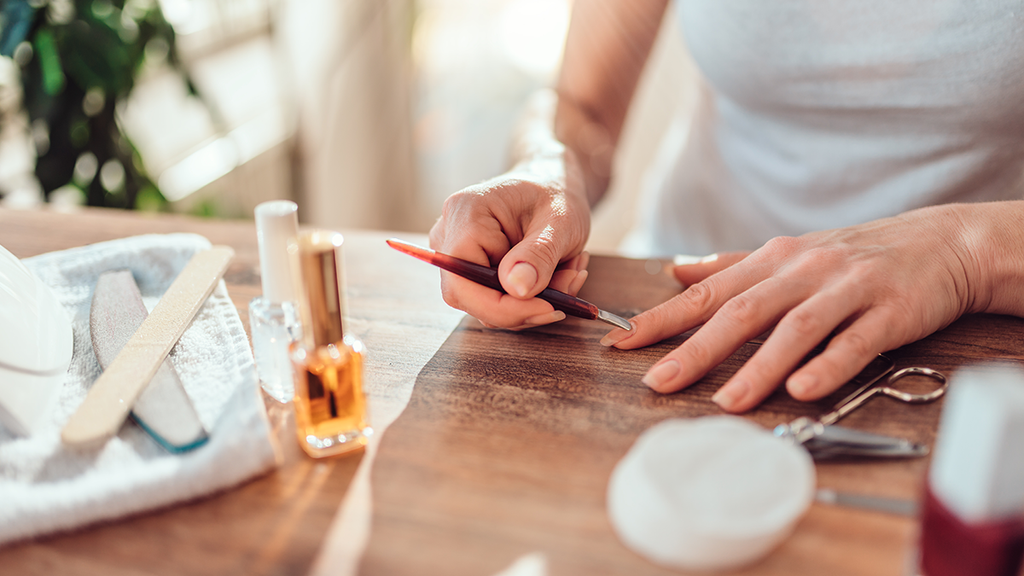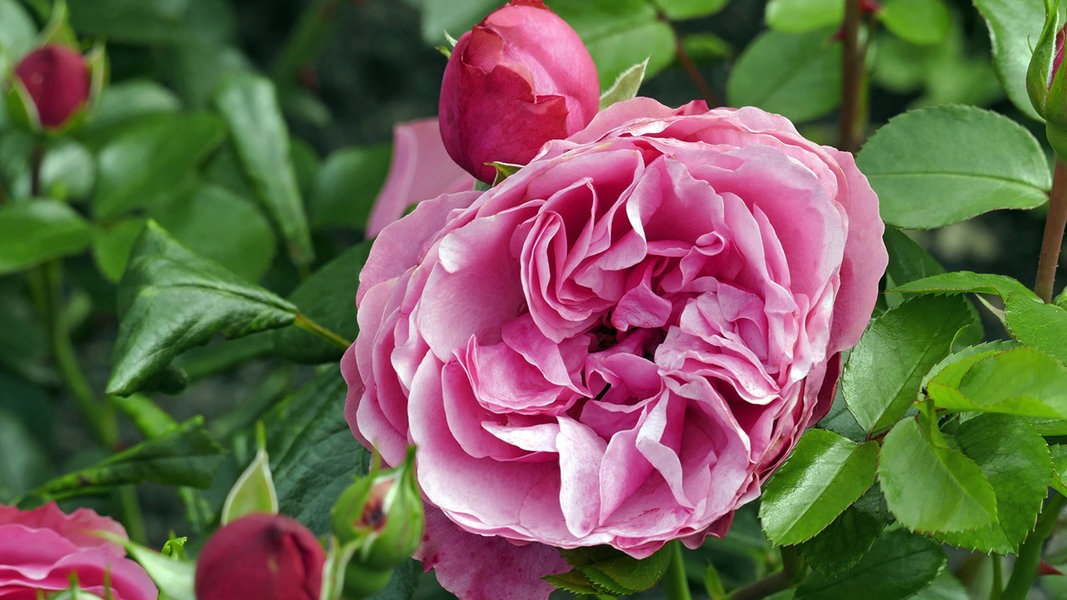When doing a manicure, caring for the cuticles is an absolute must, as is removing excess pieces of skin. But which cuticle remover is the best? And how do we care for the cuticles so that they look healthy?
Why do you remove the cuticles?
Cuticles protect the nails. It prevents germs from penetrating the nail bed and causing inflammation – so why should you actually remove the cuticle? The fact is that only healthy and intact cuticles can properly protect your nails and the nail bed, which is why regular cuticle care is particularly important. This also includes removing frayed, thick cuticles that extend into the nails. Not only does it look unkempt, but it can extend so far into the nail that it prevents it from growing. In addition, your nail polish will look much better when the cuticles are removed. Careful, regular removal of the cuticles makes sense.
Well-groomed hands and stylish fingernails? Try out the nail polish trends! And here we show you 5 nail designs inspired by Palina Rojinski for spring 2024.

The function of the cuticle: That’s why we need it
The cuticle has natural functions that should not be underestimated. First of all, the cuticle acts as a protective mechanism for your nail bed and nail roots. In addition, the cuticle is responsible for regulating the moisture in your nails and thus promotes nail growth and the health of your nails. In addition, the cuticle ensures that the nails are properly supplied with nutrients.
You should avoid these mistakes when removing the cuticles
Which cuticle remover is best for removing cuticles? Should we use cuticle scissors or cuticle nippers or just push back the cuticles with a rosewood stick? Simply taking nail scissors and cutting off the cuticles sounds tempting, but it is not the right way to remove cuticles. Because you should be careful when removing it: If you cut off too much, it can become calloused and grow back even thicker; incorrect cutting tools can cause inflammation and cause the skin to fray. If at all, you should leave the use of a cutter to professional nail care and chewing off cuticles is an absolute no-go.
In the clip: Manicure tips from the professional
Remove cuticles: Keep your hands away from the scissors
Reaching for nail scissors is tempting, but dangerous: instead of the small piece of cuticle that you want to remove, too much is quickly cut away or the skin is torn. In both cases it causes quite severe pain, and these areas can also become inflamed. The risk of injury with the fine tip of the nail scissors should not be underestimated. In addition, it can promote nail fungus if you simply cut off the cuticles regularly.
Also exciting: With these 8 tips, your nail polish will dry particularly quickly. Have you ever heard of the Teddy Nails nail polish trend? We’ll show you why nail design is so popular in autumn 2023. You can find more nail polish trends for fall 2023 here. Annoying nail fungus? That doesn’t have to be the case – we have tricks and tips for you on how you can treat nail fungus.
This way you protect your cuticles in everyday life
In everyday life, you can easily protect your cuticles with a few easy tips and tricks. Frequent contact with water or cleaning products can not only lead to brittle nails and dry hands, but also to dry and cracked cuticles. So it’s best to make sure to wear gloves whenever you come into contact with water or cleaning products.
Using an aggressive nail polish remover can also irritate your cuticles and dry out both your nails and the cuticles. So it’s best to choose a skin-friendly nail polish remover without acetone.
Remove cuticles correctly: Here are the instructions
Cuticles can be removed gently and easily at home – provided you know how to do it. We have created step-by-step instructions for you that you can easily follow.
#1 You need these utensils
- Rosewood sticks or a plastic horse foot
- Nail oil or cuticle remover
- A bowl of warm water
- For advanced users: a cuticle nipper or cuticle scissors
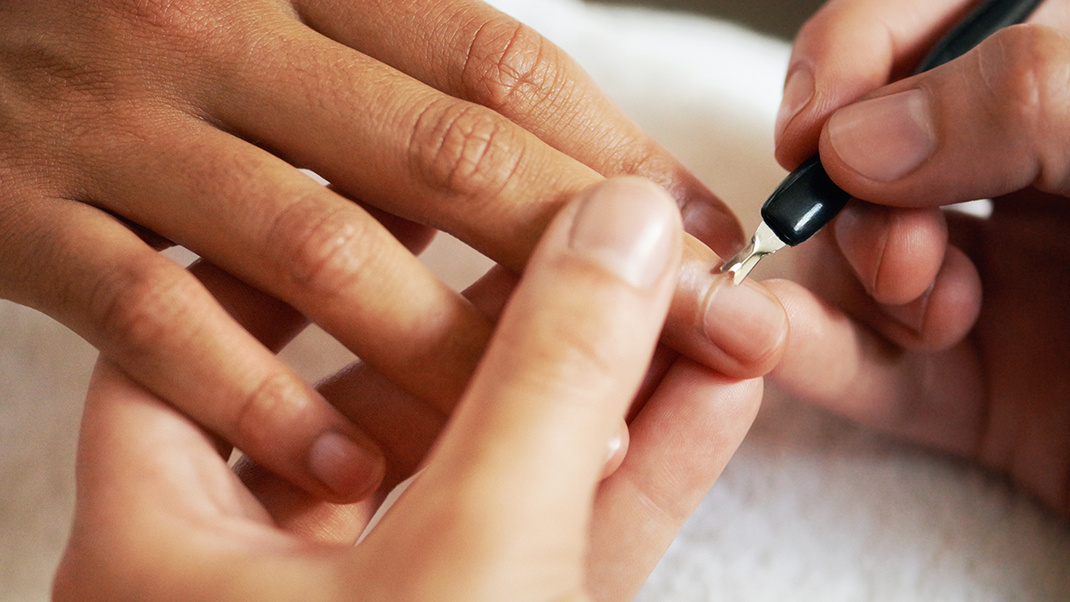
#2 Prepare the nails properly
Preparations are particularly important for the gentle removal of cuticles. This is how you proceed step by step:
- First treat yourself to a warm hand or foot bath: Bathe your hands or feet, depending on where you want to remove the cuticles, in lukewarm water for about 5 minutes. This makes the cuticles supple so that you can work on them more easily in the next step.
- Now the cuticles are soaked: A special cuticle remover is applied to the cuticles with a brush like nail polish. You can buy the tincture from specialist retailers, such as a drugstore.
- Alternatively, the cuticles can be soaked with nail oil. To do this, massage the oil into the cuticles around the nails until they become soft and supple.
#3 Gently remove the cuticles
Now the cuticles are nice and soft and perfectly prepared to be removed gently and without risk.
- Take the rounded rosewood stick and carefully push back the sensitive cuticles.
- Alternatively, you can also use the horse’s foot, a plastic cuticle pusher.
- If you are already advanced in manicure or pedicure, you can use cuticle nippers or cuticle scissors. These tools are used in professional nail care and you can buy them in the pharmacy or drugstore. Carefully place the tool on the nail bed and only remove the protruding skin.
- After pushing back or removing the cuticles, cuticle care is necessary. Use an oil or a rich hand cream and gently massage the product into the cuticles.
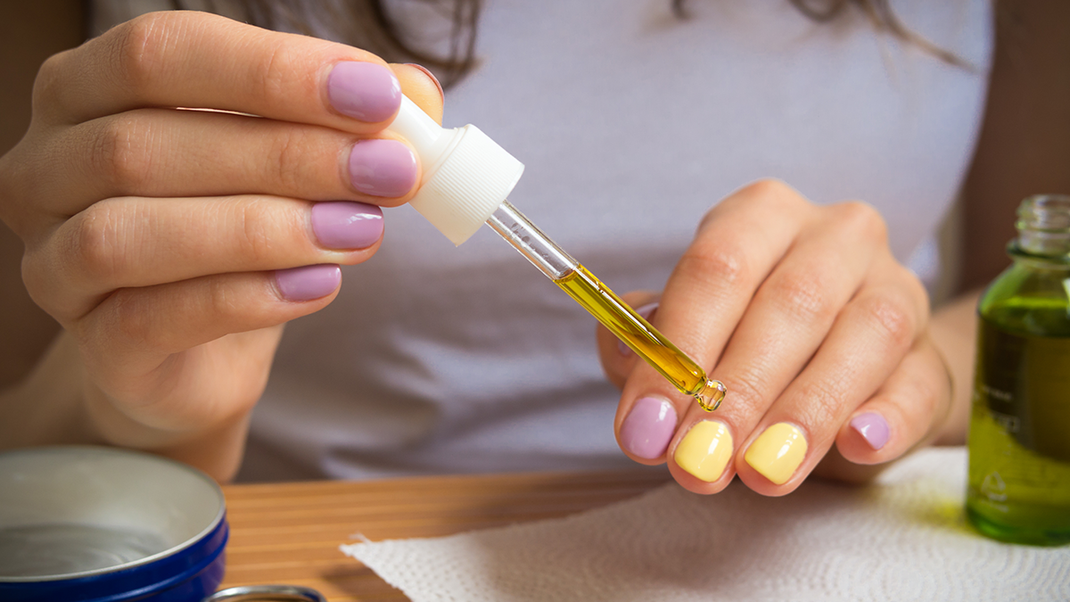
#4 Care for the cuticles properly
Nails and cuticles stay healthy and beautiful if they are cared for regularly. This means that the cuticles always remain soft and supple, are less likely to tear and are protected from irritation and inflammation. This is how nail and cuticle care works:
- Cream your hands and feet regularly with a rich, moisturizing hand or foot cream. Massage the cream intensively into the cuticles.
- Since the skin is usually particularly dry in winter, more intensive care is now called for: Apply an oil to your dry cuticles regularly, preferably in the evening before you go to bed, so that it can work all night long. Jojoba, almond or olive oil are particularly suitable. If you put on cotton gloves or light socks after massaging the oil, you can enhance the nourishing effect. We have even more tips for hand care in autumn and winter.
- An occasional nail peeling for nails and cuticles removes dead skin cells and makes the cuticles particularly supple. You can easily do it yourself by mixing some oil or soft butter with sugar and massaging it into your nails and cuticles, letting it work for a short time and then washing it off.
- If the cuticles are often dry or cracked, special creams from the pharmacy or drugstore can help, most of which contain moisturizing ingredients as well as soothing components such as chamomile or almond oil.
- If you often suffer from torn or irritated cuticles, we recommend a regular manicure or pedicure from a professional. In addition to professional nail and cuticle care, you will receive valuable tips on how you can care for your cuticles at home.
No-Go: Bite off cuticles or nails
Nervousness, boredom or stress often trigger an annoying habit: biting your nails or cuticles. Not only does it ruin the cuticles and nails and make them look unkempt, but it is also extremely unhygienic and quickly leads to inflammation or overgrown cuticles. If you can’t get rid of the habit, ask the pharmacy for special bitter varnishes that will stop you from unconsciously chewing your cuticles and nails.
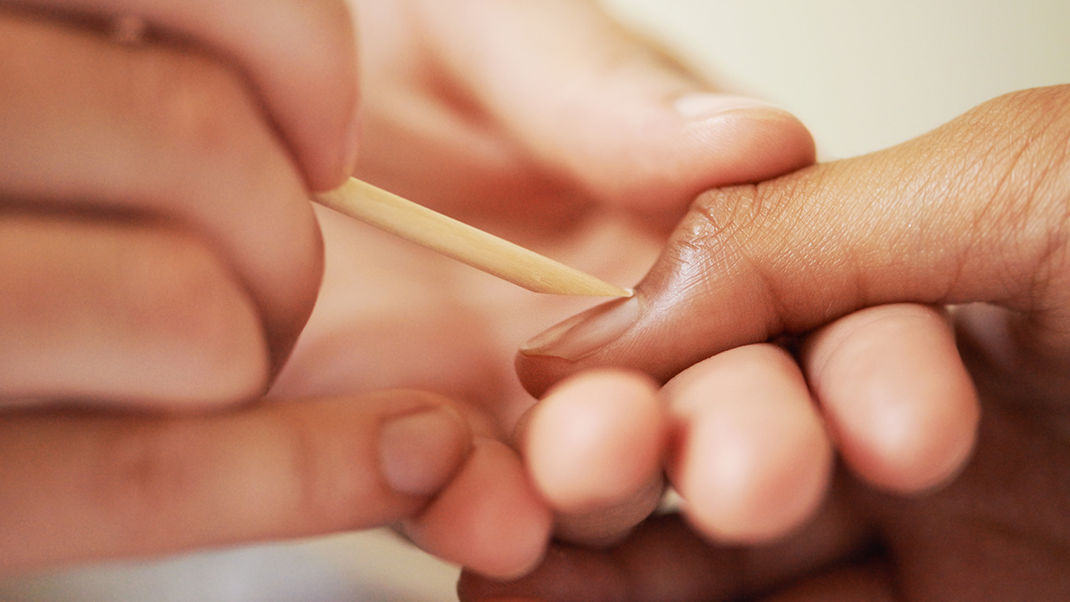
Everything you need to know about removing cuticles at a glance:
First, massage a nail oil into the cuticles to make them soft and supple. The cuticle can then be carefully pushed back with a rosewood stick or plastic horse feet. With a little experience, cuticle scissors or cuticle nippers can also be used.
Regularly push back the cuticles with a rosewood stick or plastic horse feet, or use cuticle scissors or cuticle nippers. This makes your hands look beautiful and well-groomed. The cuticle remains healthy and intact and protects your nails and the nail bed.
First of all, it is not absolutely necessary to remove the cuticles. However, if you want to get rid of the cuticles, you should push the cuticles back with a rosewood stick about once a week.
Regular care with nail cream or nail oil ensures healthy nails and protects the nail and nail bed from drying out and cracking. In addition, the cuticles should be removed regularly.
Nope. In general, the cuticle has the function of protecting the nail bed and promoting nail growth. However, if the cuticle is removed, this can lead to infections at the nail roots. Be sure to follow our tips and tricks to avoid damaging your nails.
Since overgrown cuticles can be both uncomfortable and painful, it may make sense to carefully remove the cuticles. You should also care for your cuticles with, for example, some nail oil and hand cream. Be careful not to irritate your cuticles.
If your cuticles bother you, you can carefully remove them. However, it is important that you do not use scissors under any circumstances. Cuticles should be removed with particular care. With our tips you can get rid of your cuticles in a gentle way.
It is recommended not to remove cuticles too often. The general recommendation is: once a week, but only if your cuticles bother you. Make sure you remove it carefully and avoid pulling or tearing the cuticles or trying to remove them with scissors.

